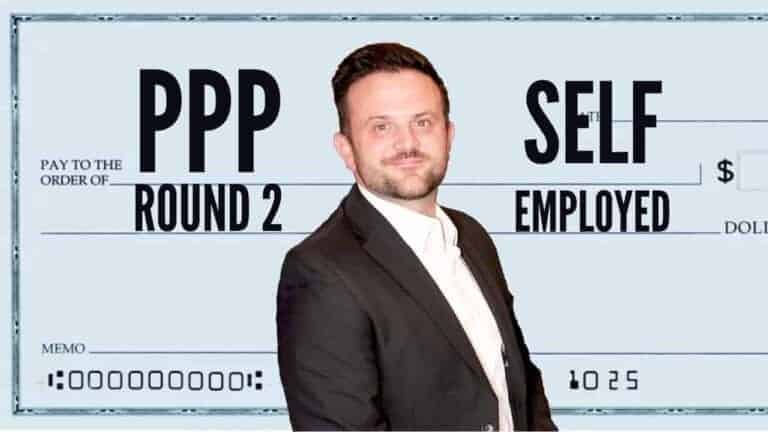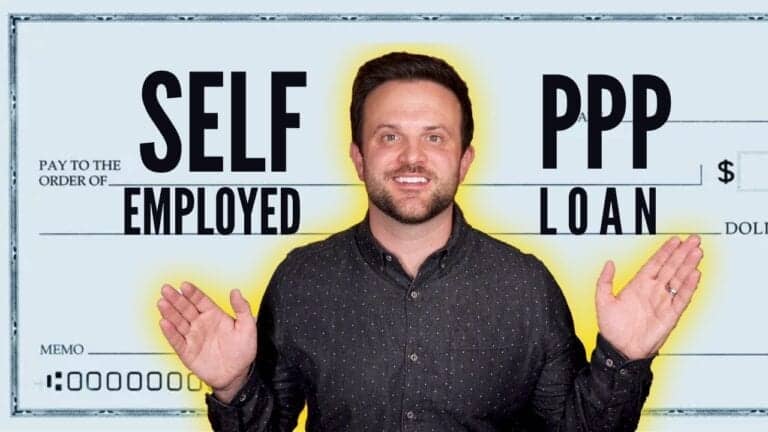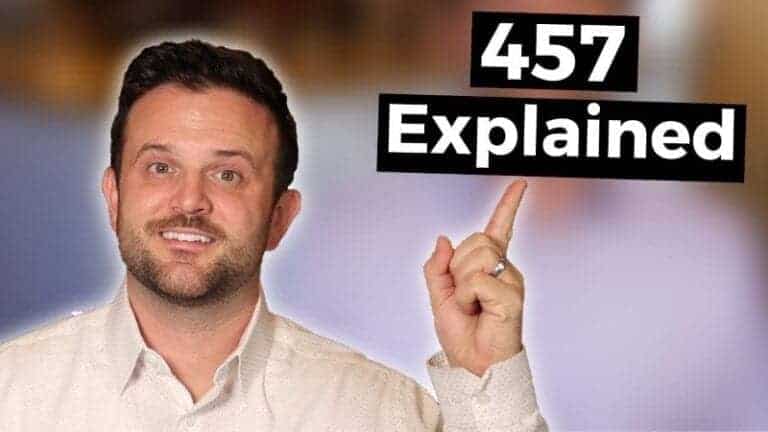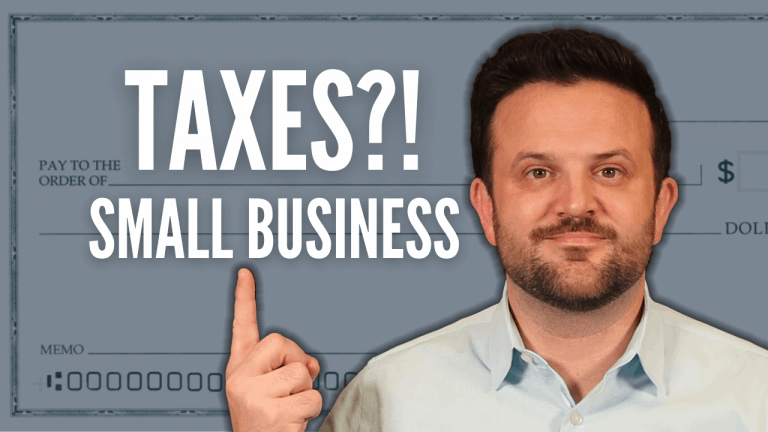How You Can Improve Your Credit Score

Here’s how you can improve your credit score – and a breakdown of how to dispute errors on your credit report, how Experian Boost works, and information on credit card piggybacking also known as tradelines.
How You Can Improve Your Credit Score in 3 Easy Steps
Earlier this year, I found myself with a perfect 850 credit score. You might be wondering how’s this possible? See your credit score is calculated by looking at all the different credit data on your credit report.
The tips I’m going to share with you today are going to focus on getting rid of some of the bad data on your credit report and putting good data on there. This helps improve your credit score over time.
If you look at how your credit score is calculated, you can see it’s broken down into five categories:
- 35% payment history – essentially paying your bills on time
- 30% amounts owed – this is sometimes called your credit utilization
- 15% length of credit history
- 10% is new credit – this is also known as inquiries
- 10% is credit mix – credit cards, student loans, mortgages, etc.
I want to get this part out of the way. Your payment history is 35% of your credit score, so you must pay your bills on time. Also, 30% is credit utilization, so if you do not have a lot of credit or you carry a large balance month to month, those are going to be things that bring down your score.
It may seem obvious to some people but paying your bills on time each and every month is the most important part of your credit score.
Step #1 – Repair Your Credit
Start by checking your credit report and removing any inaccurate information. Think about it like getting some of the bad information off your credit report because it’s just plain wrong.
Here are the steps you need to take. First, go to annualcreditreport.com, which is the only source for your free credit reports authorized by the federal government.
You need to look for any inaccurate information. For example, let’s say you see a charge card from a store that isn’t in your area. Or maybe you see a medical bill for a procedure that you didn’t have.
By law, you’re able to dispute that information on your credit report. This works by letting the credit bureaus know that you have found inaccurate information. They have between 30-45 days to open an investigation and respond.
You can take care of this dispute online, or you can write them a physical letter and send it in the mail. Going the snail mail route with USPS tracking makes it a bit more official. You can access here to send to them.
Because this is a process regulated by federal law, it’s very beneficial to correct any wrong information on your credit report. Once that inaccurate information is off your credit report, your credit score will go up.
Step #2 – Boost Your Credit Score
The next step is to add some positive information to your credit report.
There is a service called Experian Boost, which gives you credit for on-time payments of utilities like phone, electricity, and gas. This service is completely free and claims to raise your credit score an average of 13 points instantly.
To get credit for paying your phone bill and utilities, you connect the bank account that you used to pay your bills. What’s really cool is you get to choose and verify the positive payment history that you want added to your credit file. Once that positive payment history is added to your credit file, you’re going to see a boost in your credit score instantly.
Something like this is great for younger people or anyone with limited credit history. Typically, you wouldn’t get credit for keeping the lights on or paying your cellphone bill, but Experian is offering the ability to add those positive payments to your credit file. This is a unique and somewhat newer feature to consider using to boost your credit score.
Step #3 – Credit Piggybacking
Credit card piggybacking – also known as tradelines – is something you don’t hear much about. The practice is decades old and stems from an outdated time when the traditional male was the breadwinner in the household. The wife could then be added as an authorized user on her spouse’s account. This helped the wife establish her own credit history by piggybacking on the credit of her husband.
Flashforward to modern times and credit card piggybacking is still an option to increase your credit score. For example, a parent can add their child as an authorized user to one of their credit cards. Then, the parent’s credit history and credit limit is added to the credit report of their child.
If it’s not clear why this would be beneficial, let me explain. Later in life, when the child applies for student loans, a car lease, or a mortgage, they’re going to have a much larger, more robust credit history because the credit data of the parent is showing on the child’s credit report.
The child does not have to get a physical card or have access to the account. They’re simply added as an authorized user onto the account. Also, this is not exclusive to immediate family. For example, a grandparent could add a grandchild. If you have a friend that you trust and want to add to one of your accounts, then you could do that too.
If you don’t have any family or friends that are willing to add you, I came across a couple of companies that help with and . If you’re looking to buy a car in the next month or two, or you’re looking to get the lowest interest rate for a home purchase, these companies could be very beneficial.
? Superior Tradelines –
? Tradeline Supply Company –
If you’re thinking about using one of these services, be sure to ask the following questions. FYI – the answer to ALL questions should be YES:
❔ Are you bonded?
❔ Do you escrow payments?
❔ Do you have a refund policy?
Okay, let’s recap. My three tips for improving your credit score are going to be:
- Step #1 – Perform some credit repair. This means you’re going to access your annual credit reports for free and look to dispute any incorrect information with the credit bureaus. They have a responsibility to legally remove that information. Once that bad information is off your credit report, you’re going to see your score go up.
- Step #2 – Consider using a service like Experian Boost. It’s completely free and puts positive payment history on your credit report for things like paying your utilities and cellphone bills. As a result, it instantly boosts your credit score.
- Step #3 – Explore the process of piggybacking credit. This is where a family or friend adds you as an authorized user to one of their lines of credit. This is something you may want to consider if you have a large purchase coming up – such as a mortgage or a car loan. If you don’t have someone that is going to add you as an authorized user, there are a few reputable companies I’ve linked in this article you could explore more on your own.
Having a high credit score just gives you a sense of confidence when you’re walking around in the world. I’ve seen funny videos online where people joke that when you’re in your 30s a high credit score is something you can put on your dating profile – LOL.
All joking aside, a good credit score helps you save money because you get the lowest interest rates possible. Also, if you’re into things like travel rewards or cashback, you’re more likely to be approved for .
Keep in mind that all this takes time. The most important thing you can do is pay your bills in full and on time each month year after year. This is the key to increasing your credit score.
Listen to Teacher Entrepreneurs Podcast
As always, I’m Rich and until next time.
“teachingmillionaires.com has partnered with CardRatings for our coverage of credit card products. teachingmillionaires.com and CardRatings may receive a commission from card issuers. Opinions, reviews, analyses & recommendations are the author’s alone, and have not been reviewed, endorsed or approved by any of these entities. Responses are not provided or commissioned by the bank advertiser. Responses have not been reviewed, approved or otherwise endorsed by the bank advertiser. It is not the bank advertiser’s responsibility to ensure all posts and/or questions are answered. I am not a financial advisor. The information I share is for educational purposes only and shouldn’t be considered as certified financial or legal advice. It is imperative you conduct your own research. I am sharing my opinion only.”







